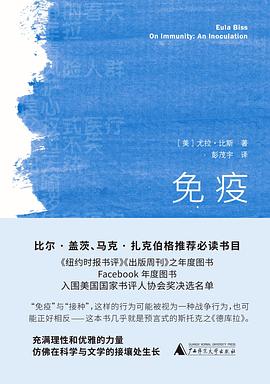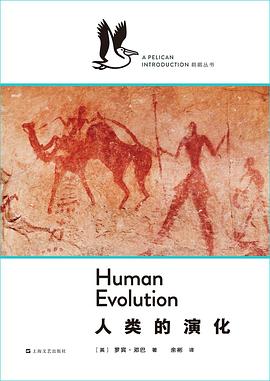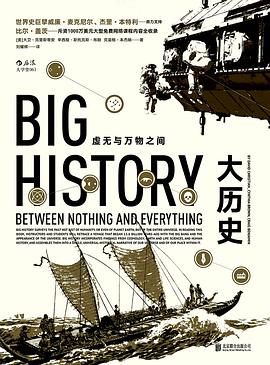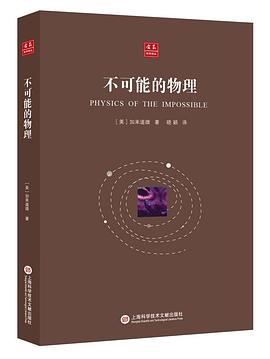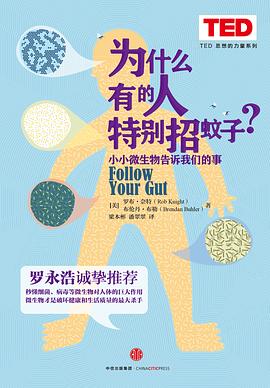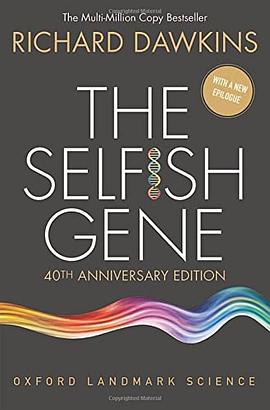

具体描述
A groundbreaking, marvelously informative “microbe’s-eye view” of the world that reveals a radically reconceived picture of life on earth.
For most of human existence, microbes were hidden, visible only through the illnesses they caused. When they finally surfaced in biological studies, they were cast as rogues. Only recently have they immigrated from the neglected fringes of biology to its center. Even today, many people think of microbes as germs to be eradicated, but those that live with us—the microbiome—are invaluable parts of our lives.
I Contain Multitudes lets us peer into that world for the first time, allowing us to see how ubiquitous and vital microbes are: they sculpt our organs, defend us from disease, break down our food, educate our immune systems, guide our behavior, bombard our genomes with their genes, and grant us incredible abilities. While much of the prevailing discussion around the microbiome has focused on its implications for human health, Yong broadens this focus to the entire animal kingdom, giving us a grander view of life.
With humor and erudition, Ed Yong prompts us to look at ourselves and our fellow animals in a new light: less as individuals and more as the interconnected, interdependent multitudes we assuredly are. When we look at the animal kingdom through a microbial lens, even the most familiar parts of our lives take on a striking new air. We learn the secret, invisible, and wondrous biology behind the corals that construct mighty reefs, the glowing squid that can help us understand the bacteria in our own guts, the beetles that bring down forests, the disease-fighting mosquitoes engineered in Australia, and the ingredients in breast milk that evolved to nourish a baby’s first microbes. We see how humans are disrupting these partnerships and how scientists are now manipulating them to our advantage. We see, as William Blake wrote, the world in a grain of sand.
I Contain Multitudes is the story of these extraordinary partnerships, between the familiar creatures of our world and those we never knew existed. It will change both our view of nature and our sense of where we belong in it.
作者简介
Ed Yong is an award-winning science writer on the staff of The Atlantic. His blog Not Exactly Rocket Science is hosted by National Geographic, and his work has also appeared in The New Yorker, Wired, the New York Times, Nature, the BBC, New Scientist, Scientific American, the Guardian, the Times, Aeon, Discover, The Scientist, Slate, Mosaic, and Nautilus. He splits his time between London and Washington DC. You can find him on twitter @edyong209 and sign up to his weekly newsletter, The Ed’s Up, on http://tinyletter.com/edyong209/.
目录信息
读后感
微生物,和人的关系非常微妙 “微生物是有害的,它会带来疾病和死亡 微生物是我们的朋友,它可以和谐地和我们共生,帮助我们更好” 这两种说法都是极端的。微生物是中立的,没有好坏。正如这个世界。 好或坏,都是有条件的。互惠共生,其实就是生命个体达到了一种平衡。中医所...
评分 评分 评分 评分一本带你改变你对微生物的认知、带你畅游神奇的微生物王国、据说让比尔·盖茨和扎克伯格也爱不释手的科普书, 在传统的认知里,特别是当下,谈到细菌,不由让人联想起麻风病、伤寒、肺结核、霍乱、鼠疫等等等等,他们是令人闻之色变的坏东西,这场席卷全球的疫情也是拜它们所赐...
用户评价
致病的细菌,或者说病原体,其实是极少数,绝大多数人体内的细菌,都能与人和平相处。人和细菌其实是一种共生的关系 (母乳好其实是因为其内HMO多糖可以喂养婴儿肠胃的细菌,对宝宝发育好)人体内的菌群平衡 即殖民抵抗很重要,体内拥有多元化的菌群,就不太会给导致疾病的细菌留下生长空间。
评分I contain multitudes, or I provide a multiplicity of deficiencies to get KO'd.
评分I contain multitudes, or I provide a multiplicity of deficiencies to get KO'd.
评分居然作为译者没给作品刷五星,我有罪。大家期待一下过一阵中文版就出了。
评分致病的细菌(病原体),其实是极少数,绝大多数生活在人体内的细菌,都能与人体和平相处 | 人体内细菌的多样性正在迅速减少,我们也需要保护人体内菌群的多样化,这样有助于我们抵御疾病,保持健康 | 免疫系统的作用就是保证人体内的几百万细菌正常生活,同时对一小撮有风险的外来细菌做好防护
相关图书
本站所有内容均为互联网搜索引擎提供的公开搜索信息,本站不存储任何数据与内容,任何内容与数据均与本站无关,如有需要请联系相关搜索引擎包括但不限于百度,google,bing,sogou 等
© 2025 book.quotespace.org All Rights Reserved. 小美书屋 版权所有




